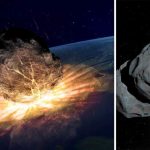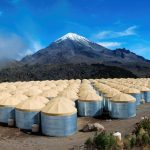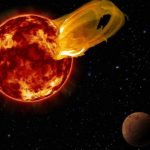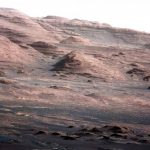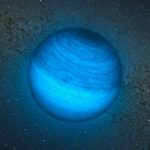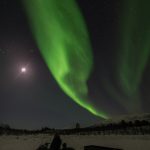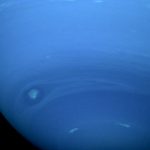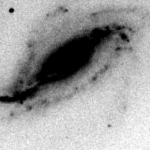Will Asteroid 2018 AJ hit Earth? NASA warns space rock on uncertain path with planet Earth0
- From Around the Web, Space
- March 2, 2018
NASA has said a newly-discovered space rock as big as a three-storey house is on an “uncertain” path with our planet – so will Asteroid 2018 AJ hit Earth?

